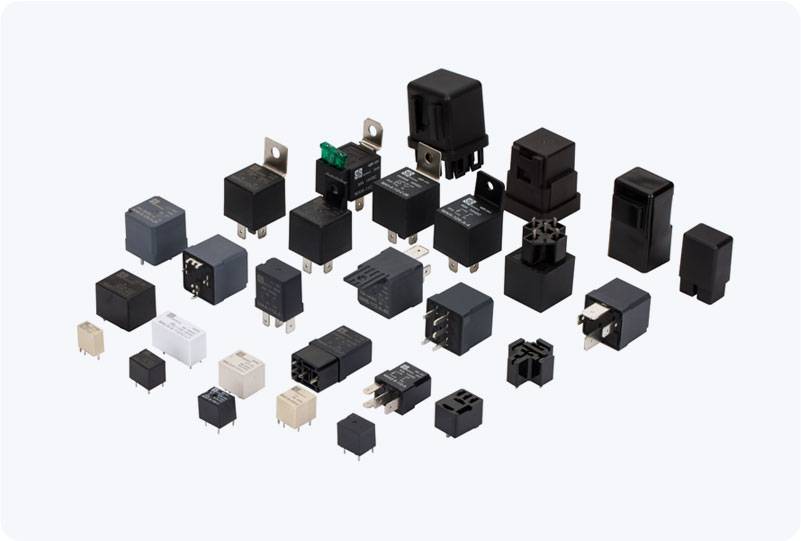understanding the importance of overload relay in electrical protection
Release time:2025-11-15 19:36:00
An overload relay (OLR) is a critical component in electrical systems designed to protect motors and other equipment from the damaging effects of excessive electrical currents. When equipment such as motors operates beyond its rated capacity for an extended period, it risks overheating, which can lead to system failures or even fire hazards. Overload relays provide an essential safeguard against such risks, ensuring the longevity and efficiency of electrical systems.

What is an Overload Relay?
An overload relay is a protective device used to prevent the overheating of electrical motors and other devices by interrupting the power supply when current exceeds a preset threshold. Overload relays are typically installed in circuits that involve motors, such as HVAC systems, pumps, conveyors, and other industrial machinery.
The primary function of an overload relay is to monitor the current flowing through the circuit and activate a switch when the current exceeds safe operating levels. By doing so, the relay prevents damage that could be caused by prolonged overcurrent conditions.

